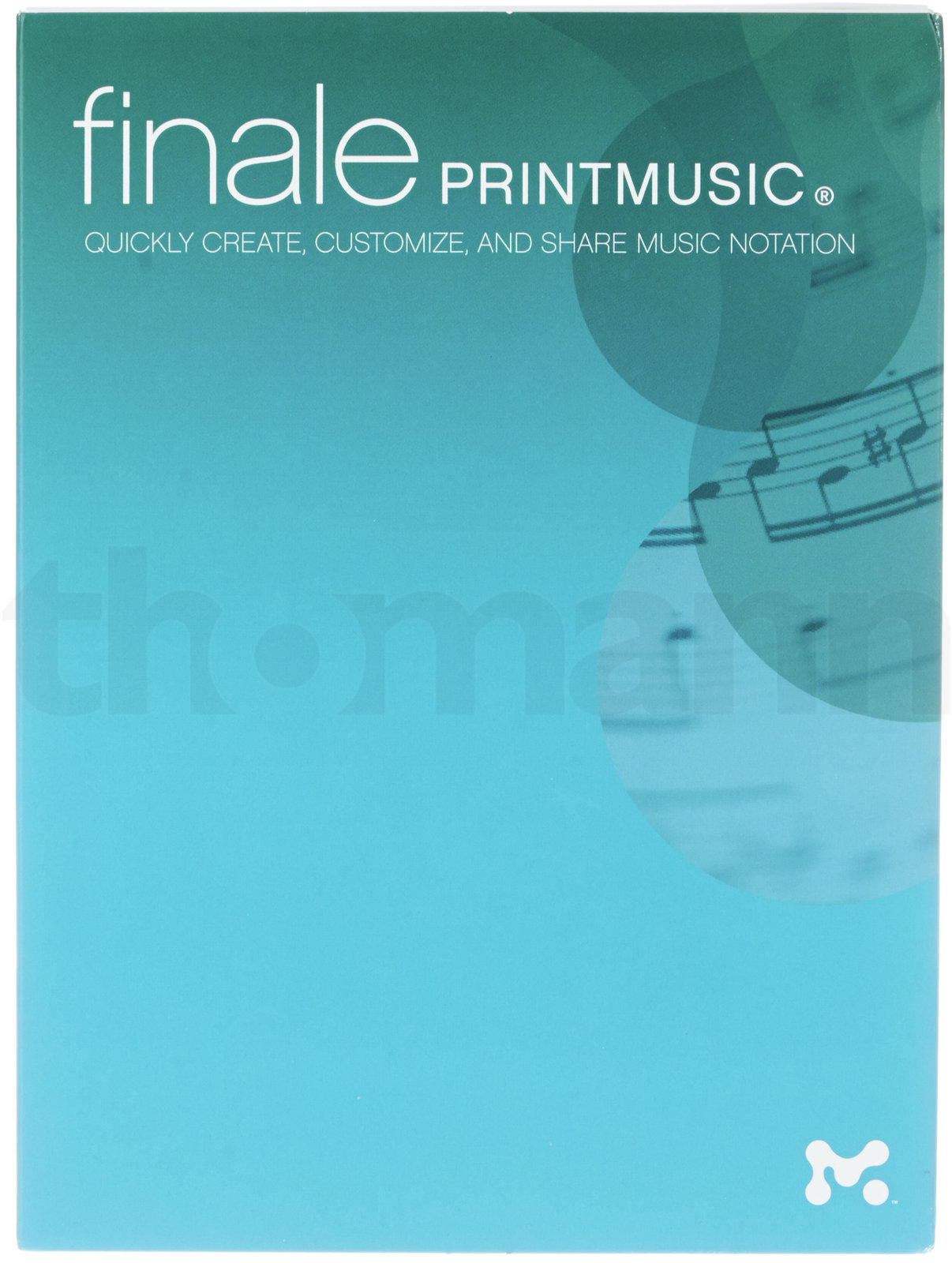

- #FINALE PRINTMUSIC 2014 REVIEW HOW TO#
- #FINALE PRINTMUSIC 2014 REVIEW PRO#
- #FINALE PRINTMUSIC 2014 REVIEW SOFTWARE#
For the most part, they seem to have done a good job on the Help document, though there are a few places where you’re told to click something but not where that something is. The help function uses a very a typical setup, which is a good thing since it feels familiar. It’s not readily apparent how this is done, so I’ll make my first foray into the Help file. The first thing I’ll do is enter a line of notes by hand.


That doesn’t sound like much, but when you’re bleary-eyed at 3 a.m., trying to meet a deadline, every keystroke you can save counts. It puts the choices under each menu heading one click away instead of two. You don’t add staves, you add “instruments.” Step entry is “Step Recording.” Things like that. As soon as you get used to the terminology in the program, it’s pretty straightforward.
#FINALE PRINTMUSIC 2014 REVIEW HOW TO#
Something I can’t figure out how to change is font leading–to me a few text elements look a little loose. You can use any of your installed fonts for text on scores. Change font, add measures, change note durations, alter spacing, etc. Double click anything, and you get… options. If you’re music-theory challenged, this will be annoying. Listing the keys by letter name in circle of fifths order is fine and dandy for people who know about such things. One possibly counter-intuitive thing is choosing a key signature. The elements you add are all editable later. Later on you’d want to use templates, but this is a good way to start. You can add all the elements you want in one place. (Another word to the wise: you might want to use your sample scores to show off the best your program can produce.) A Score from Scratch As I find later, you can make your own scores look much, much better than ones included. Looking at the sample scores, all the individual elements look fine… but somehow the sample scores aren’t terribly pretty. Playback follows the notes, turning them red, and automatically scrolls through the measures though you can also adjust these default behaviors. So I click the Playback tab, then “Use VST”, assign Piano 1 to each staff and… hey presto! Sound. So I load a sample score and hit “Play” – no sound. You won’t understand them if you don’t, and if you’re lucky, you won’t need the instructions at all.
#FINALE PRINTMUSIC 2014 REVIEW SOFTWARE#
My First Rule of New Software is this: poke around a bit before you read instruction manuals. If you’re interested in specifics, read on. It produces pretty copy, and has a few bells and whistles to go with the inevitable irritations present in one form or another in all notation software. It does what you expect it to do without trying to do too much. Forte software is a good candidate to try. If you are looking for a notation program, my advice is simple: try what’s out there, and get whatever fits your preferences and your budget best. I get asked often about notation programs. So, without further ado… **drum roll** In General… I used Forte Notation to create the score and learned a few things about the software in the process. This one-pager can be used to accompany a vocal or instrumental soloist, choir, congregation or whatever you please. Of course, one cannot review notation software without something new to notate, so I concocted a short, simple little accompaniment for LDS Hymn #206, “Away in a Manger” or any similarly-harmonized version.
#FINALE PRINTMUSIC 2014 REVIEW PRO#
The nice folks at a company I had not before heard of– Forte Notation software–contacted me and offered a copy of their Pro edition in exchange for a review here on the blog.


 0 kommentar(er)
0 kommentar(er)
